You'd be forgiven for not realizing that the Quest 3 is actually the fourth headset in Meta's popular Quest line. In fact, Meta would probably prefer that everyone forget about last year's ill-considered Quest Pro, which paired a handful of minor improvements with an absolutely massive $1,500 starting price. Even a quick price drop to $1,000 couldn't save this over-engineered stopgap gadget.
What a difference a year makes—or three years, for VR aficionados who wisely stuck with 2020's Quest 2 until now. The Quest 3 offers distinct improvements over previous Quest headsets in the areas that matter most (resolution, form factor, etc.) without many of the Pro's more expensive, heavy, and least necessary indulgences (eye-tracking cameras, rechargeable controllers, charging dock, etc.). The Quest 3 also offers a usable (but rough) suite of new mixed-reality features, providing an intriguing glimpse of a world where VR content is routinely layered over our view of reality.
Most importantly, the Quest 3 does this all at a mass-market price (starting at $500) and in a way that ensures continuity with Quest's existing software. While there's nothing here that will usher in the long-sought virtual reality revolution, this is the kind of incremental improvement the space needs if it's going to continue to increase the size of its niche.
The most comfortable Quest yet
At first glance, the physical design of the Quest 3 doesn't look like it should lead to a different fit and feel than the similar-looking Quest 2. After spending a good deal of time in the new headset, though, I was surprised at just how much more comfortable it was for long sessions.
Much of this comes down to the Quest 3's use of lenses with pancake optics, which allow for a much thinner display housing that rests in front of your eyes. This redistributes the weight of the headset much closer to your face, which means the center of mass doesn't pull your head forward nearly as much. This rebalancing also means a headset with roughly the same weight as the Quest 2 can sit securely on your face without the need to tighten the head strap in a death grip around your skull, leading to noticeably less pressure on the area around your eyes and sinuses.
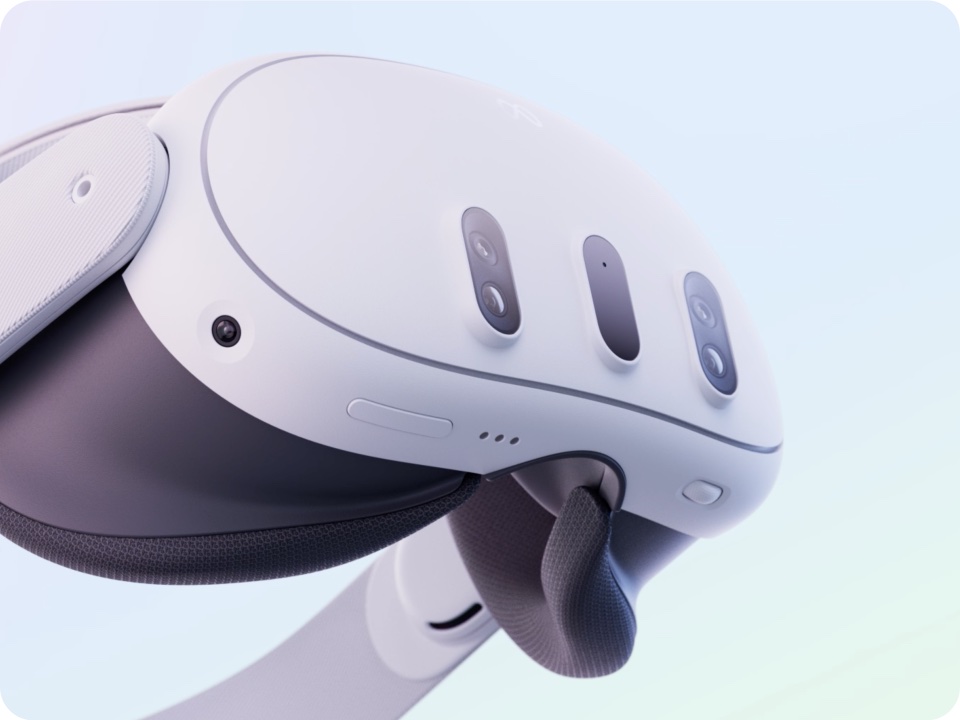
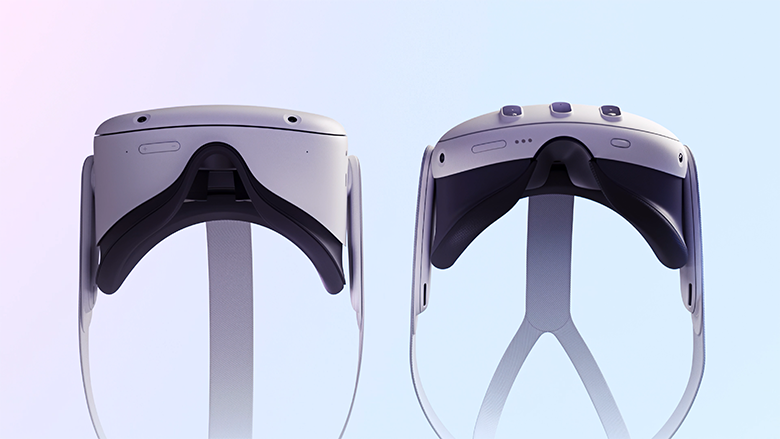
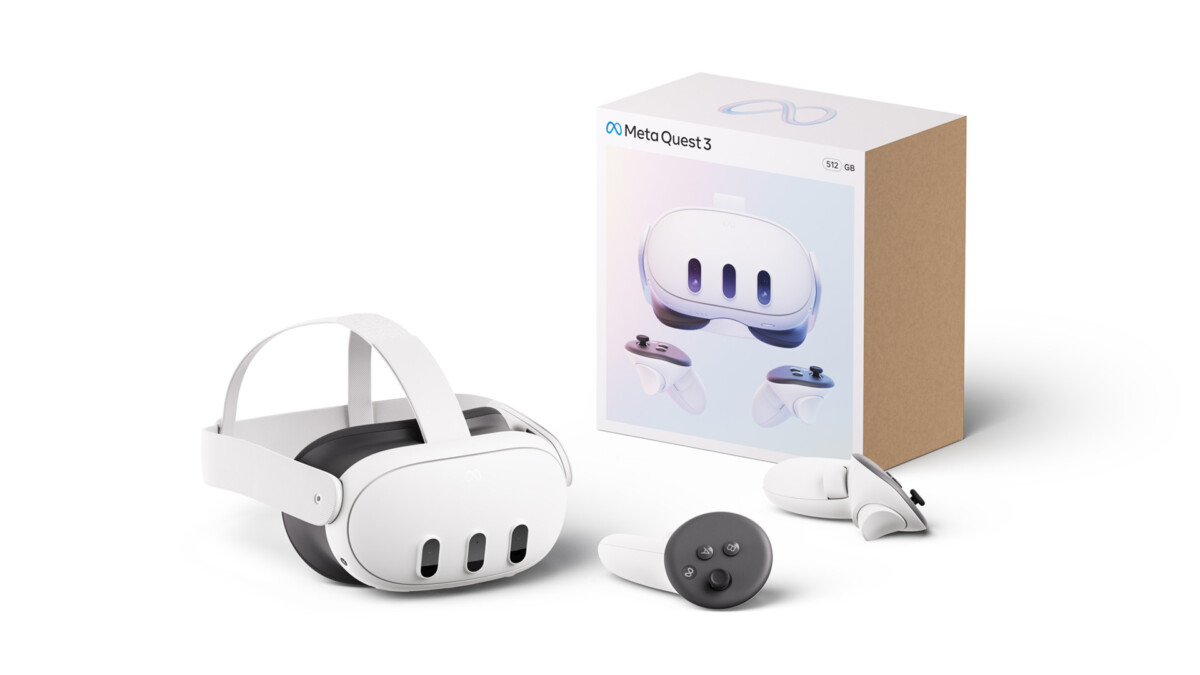
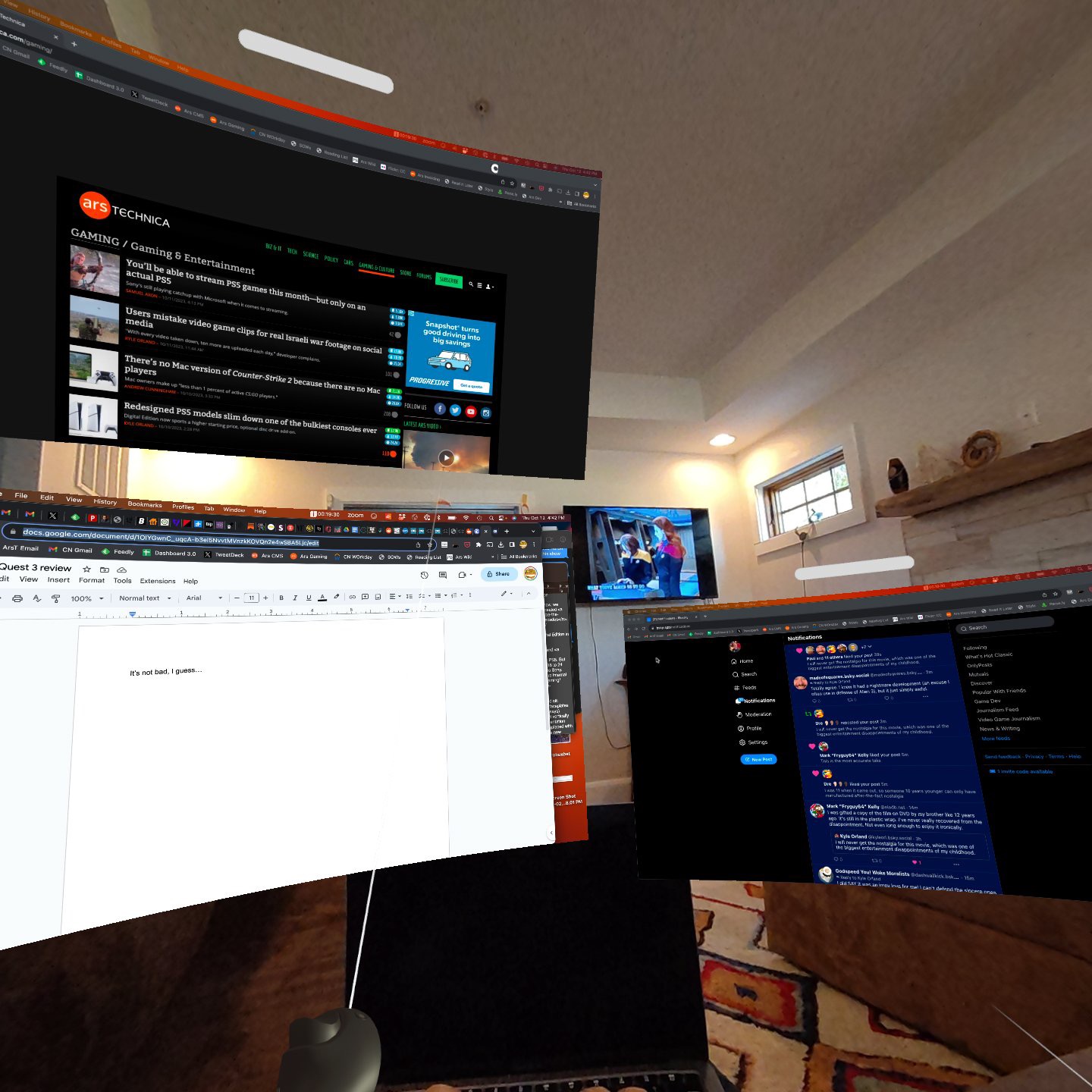
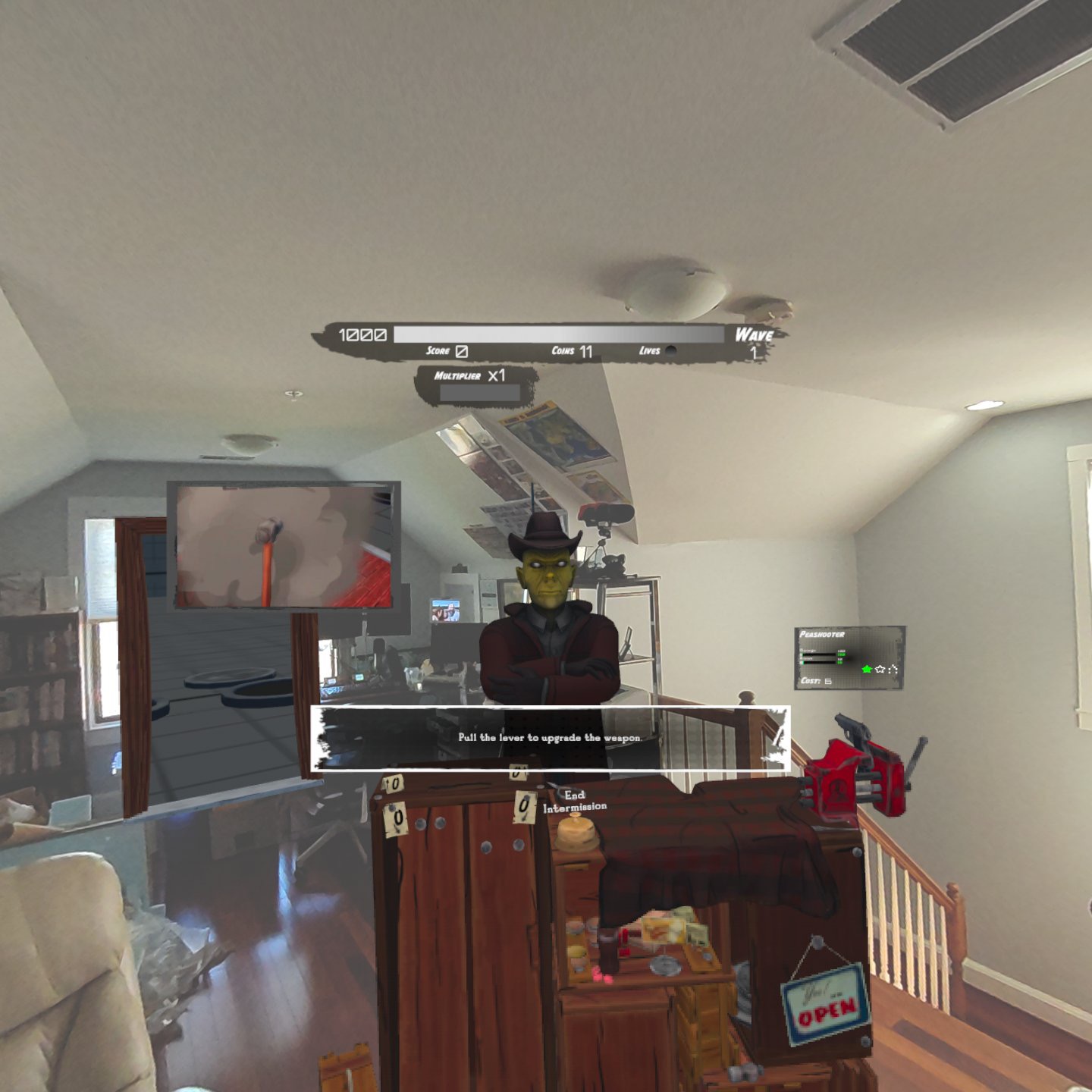
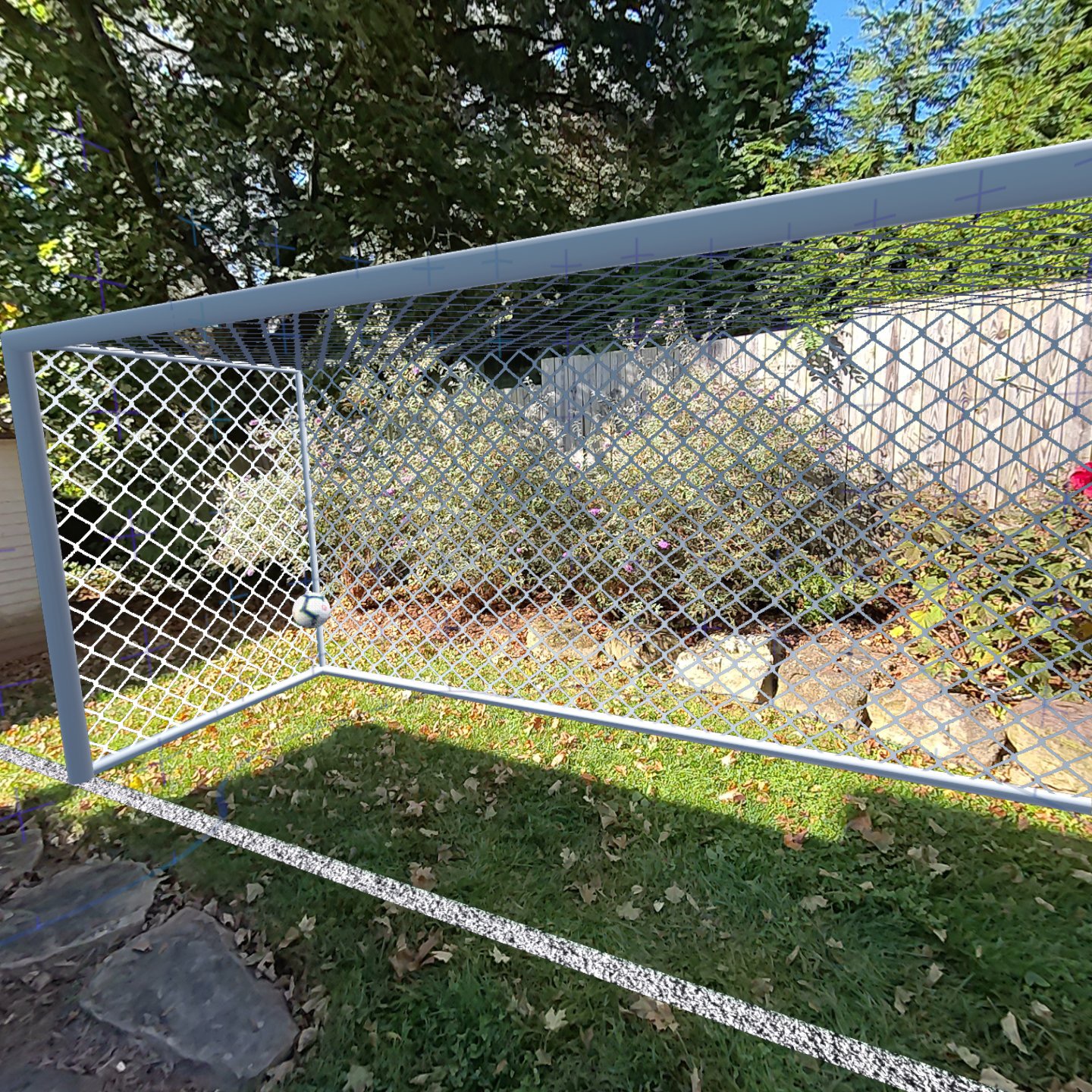

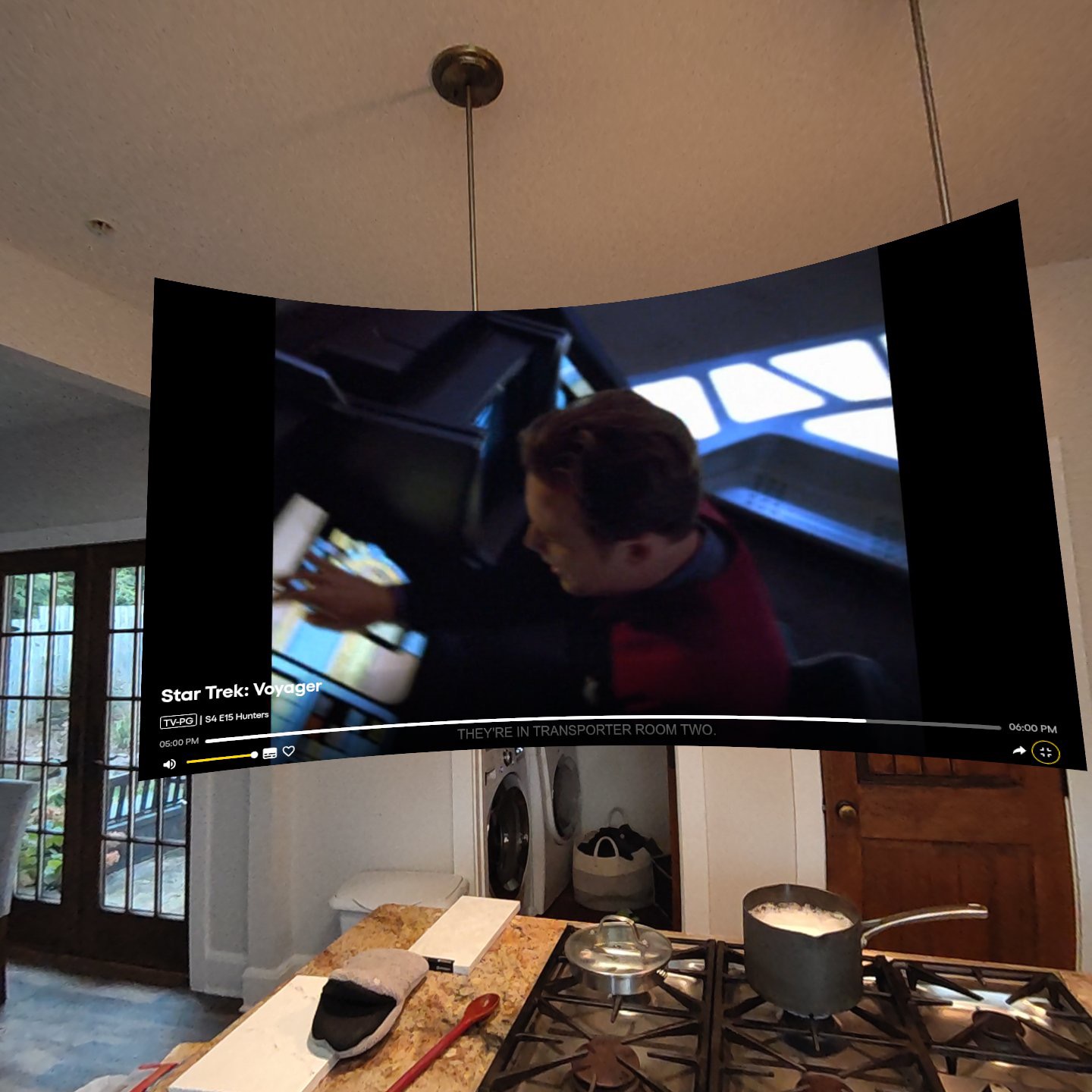

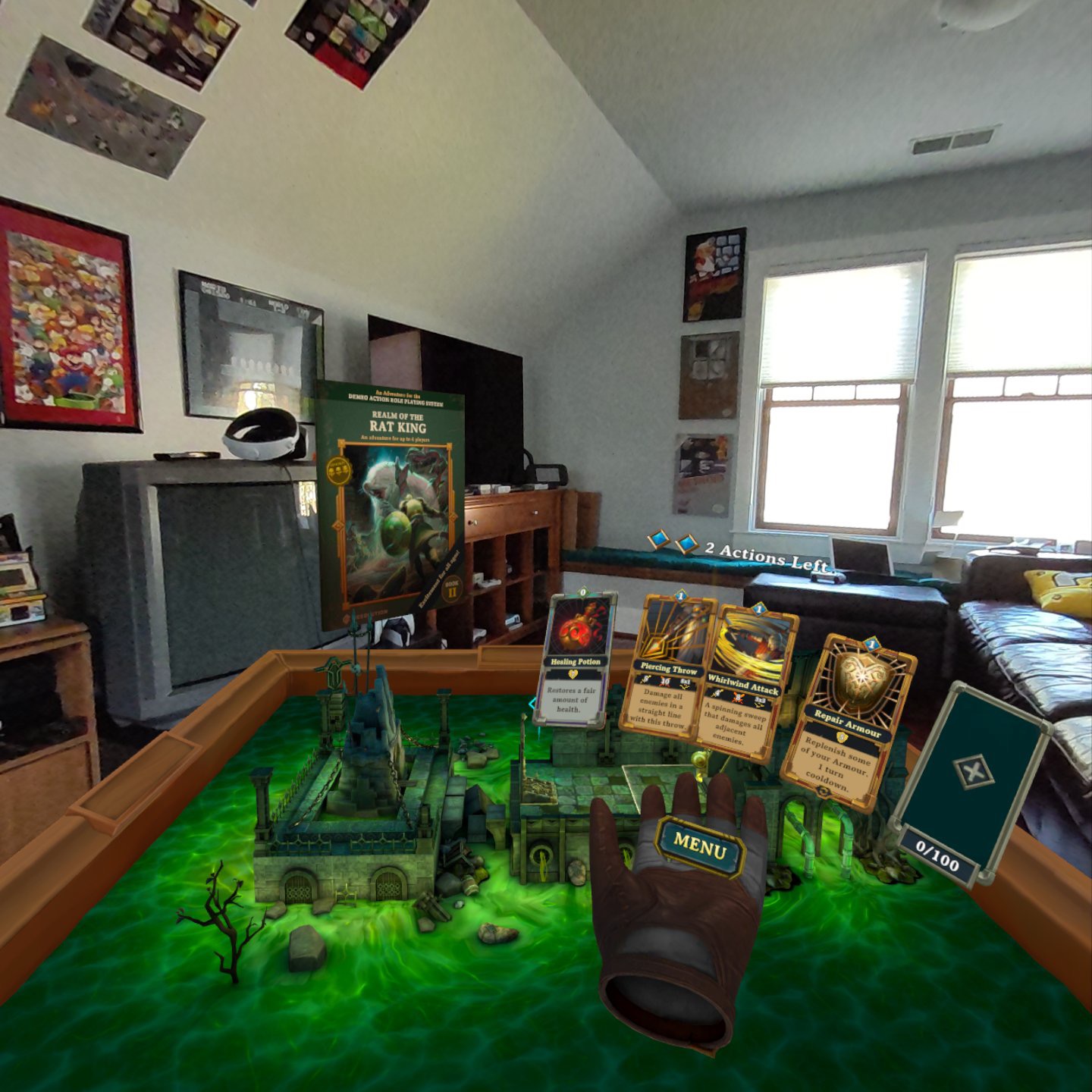
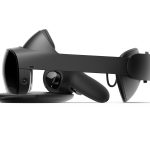



Technically separate but still under the same company.
I don't think this is entirely unreasonable as you need something to tie purchases to. But it's still meta and considering this product is most likely being sold at cost or loss, your data is probably being sold just the same.
The few "dungeon crawlers" games that exist for VR give you the feeling of fighting monsters as a team. There is a super old one called Karnage Chronicles in which you end up ducking behind walls and popping out to shoot goblins or mushrooms then running away as exploding ones pursue you. By yourself it is ok but with others it quickly becomes fun chaos.
Similar thing with a VR zombie game called Surv1v3. Nothing other than VR gives you the sense of panic as you are trying to reload as you and your friends slowly are surrounded by crowds of zombies.
There is another one called mothergunship in which you slowly assemble guns from parts you get during the run. By yourself, the game quickly gets boring. With others it is amazing.
At the moment, the interface makes it really difficult to join others in the games. Each game seems to have its own specific series of steps you need to puzzle your way through in order to join your friends who also happen to have VR headsets. There is also no way to screen (other than direct friends) who you want to play with. I don't really want to play with kids and there is no way to eliminate that. Until this gets fixed I think VR is unlikely to truly become mainstream. I find this part especially strange since the headset is created by a social media company but the social aspect of it seems to actually be the weakest.